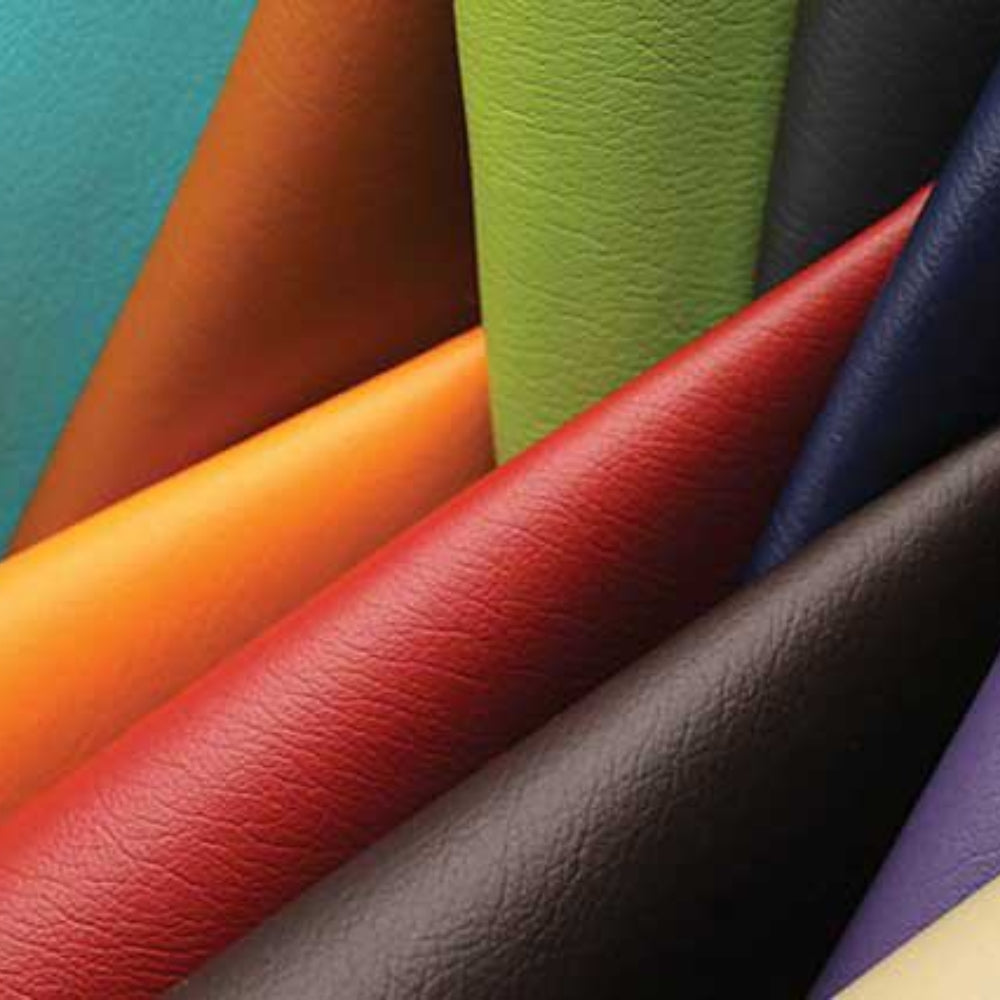What is synthetic leather ? This is a question that many consumers are interested in as its appearance becomes more and more popular. Shondo will bring you a lot of accurate information so that you have a comprehensive view through the article below.
1. Find out what synthetic leather is?
Synthetic leather, also known as artificial leather, is a material created from chemical compounds. This type of leather appears to simulate the appearance and properties of real leather, but does not use animal skin.
Instead of being made from cow, sheep, crocodile skin, synthetic leather is made from polymer materials, usually polyurethane (PU) or polyvinyl chloride (PVC). After being processed and combined with additives to create a product with the same durability, softness and color as real leather.
In short, what is synthetic leather? Simply put, it is a high-tech product created to meet human needs with materials similar to real leather but does not affect animals and has a more accessible price.
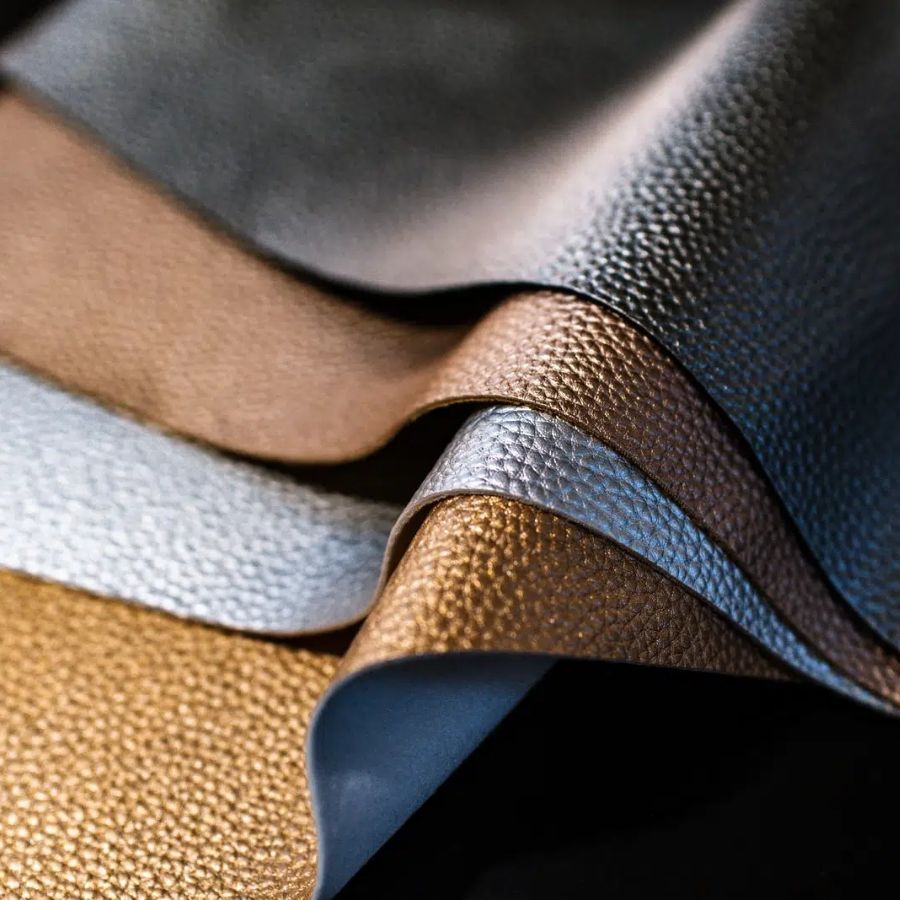
2. Origin and history of synthetic leather
Experiments with polymers such as resins and rubber in the 19th century paved the way for the development of synthetic materials.
Polyvinyl chloride (PVC) in the 1920s was a major breakthrough, opening up a new direction for the industry thanks to its low cost and ease of production. However, the original PVC leather was soft, breathable and had a very poor appearance.
Then, the advent of polyurethane (PU) in the 20th century marked a major step forward with improved softness, breathability, and a more leather-like appearance.
Nowadays, with many advanced technologies such as nanotechnology, biological materials, and modern production processes, synthetic leather is increasingly improving in quality, durability, and environmental friendliness.

3. Summary of outstanding advantages and disadvantages of synthetic leather
If you already know what synthetic leather is, it is necessary to understand the strengths and weaknesses of this material. These factors not only affect the choice of product but also have a great impact on the use and preservation during use.
3.1 Advantages of synthetic leather
The first and most obvious advantage is the price. Compared to genuine leather, synthetic leather is much cheaper, which makes products made from synthetic leather more accessible to consumers.
Next is the variety of colors and designs. Synthetic leather can easily create many colors and patterns, which is difficult for real leather. This makes the creativity in design more diverse, especially in the fashion industry.
In addition, this type of leather is waterproof, limiting mold or water stains. In addition, synthetic leather is easier to maintain and care for.
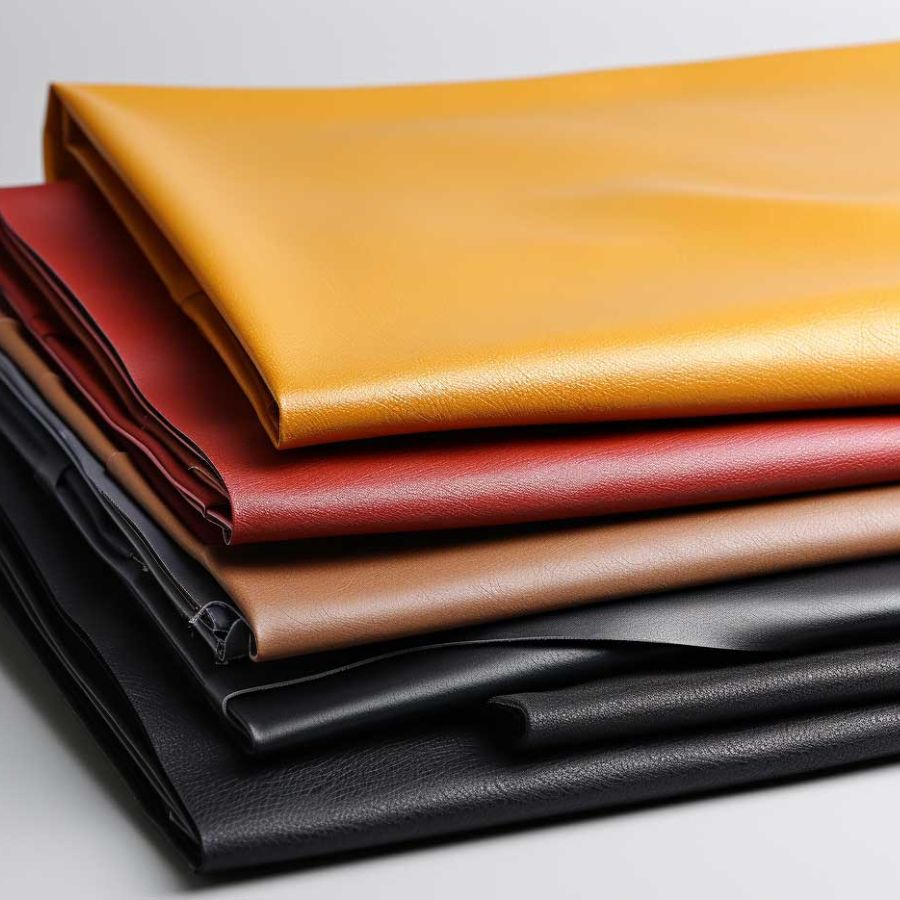
3.2 Disadvantages of synthetic leather
The biggest downside is that it is not as durable and long-lasting as genuine leather. After a period of use, synthetic leather can peel, crack or fade, especially when exposed to harsh environmental conditions.
Although manufacturing technology is improving, it still cannot replace genuine leather. Sometimes, synthetic leather feels stuffy, especially in hot and humid environments. Some types use chemicals in production, leading to unpleasant odors.
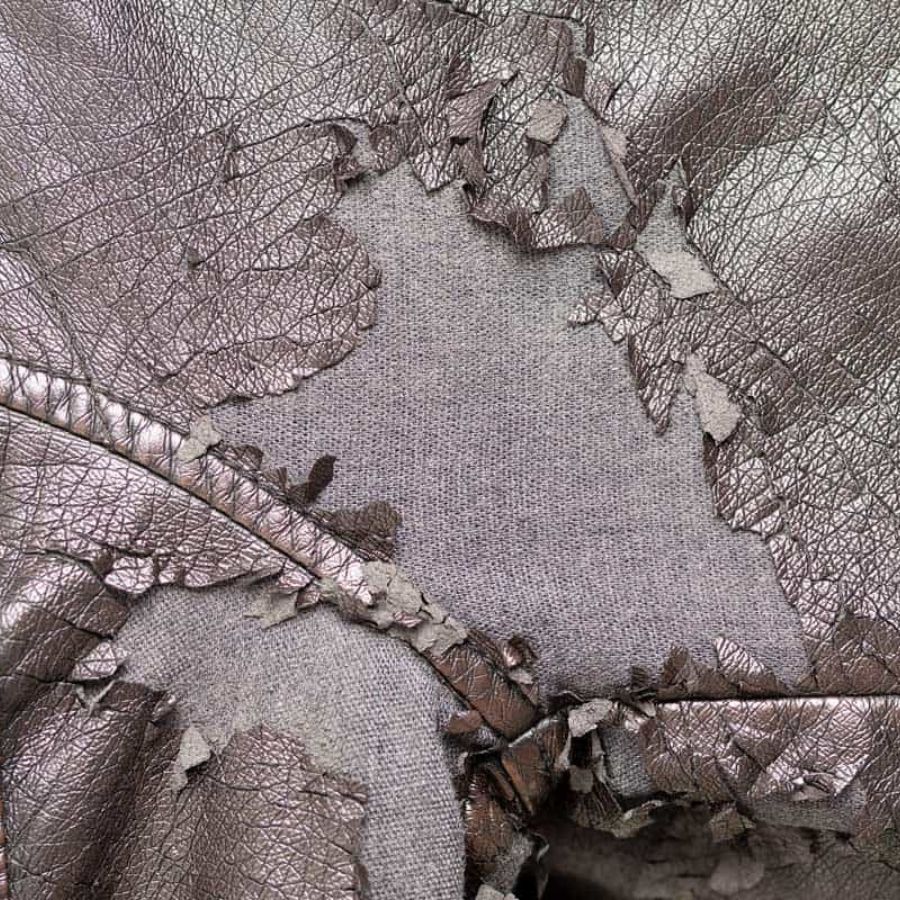
4. Differences between synthetic leather and genuine leather
Although both materials have similar appearances, they have significantly different characteristics in terms of origin, manufacturing process, and physical properties. Specifically:
4.1 Genuine leather
Genuine leather is a natural material made from animal skin (cow, sheep, goat, crocodile skin,...). Each type will have its own characteristics in terms of thickness, softness, grain pattern, and color.
The process of processing genuine leather is very complicated, requiring many meticulous steps such as dyeing, surface treatment, etc. Each step plays an important role in creating high quality products.
In addition, genuine leather has many different grain patterns on each piece of leather, creating a unique luxury and class. Genuine leather is also soft, flexible, and has the ability to naturally wick moisture and regulate temperature.
Because of these properties, genuine leather is often preferred for making high-end products such as handbags, shoes, leather wallets, leather jackets or furniture.
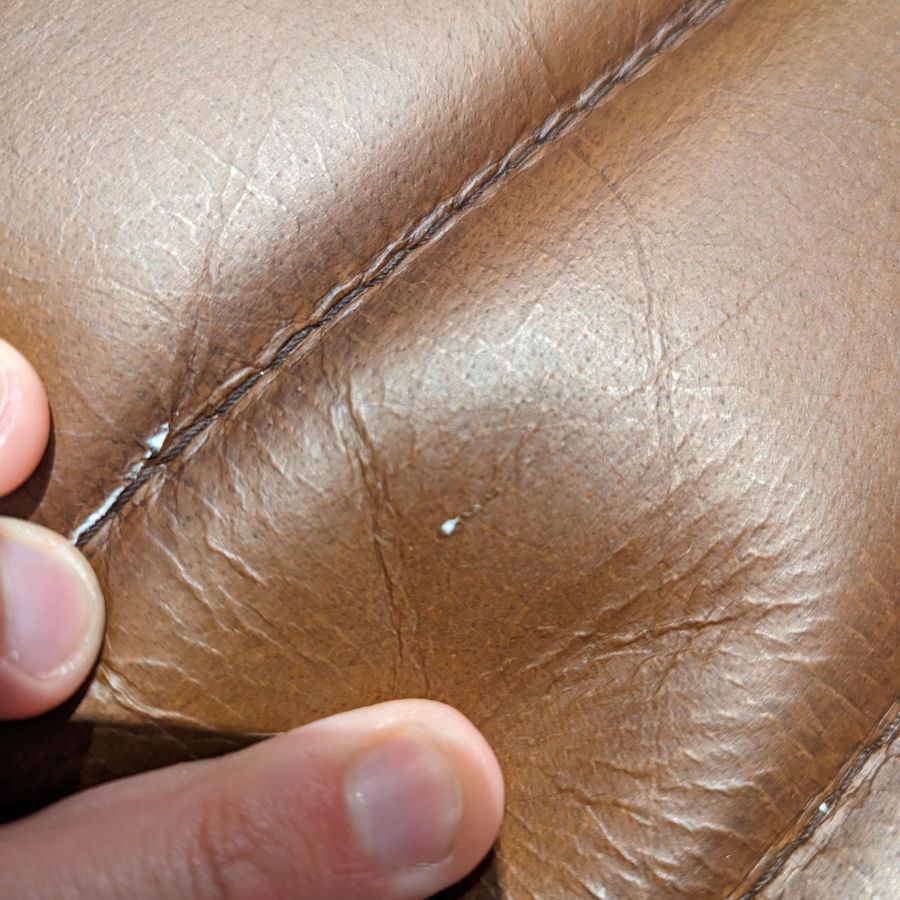
4.2 Synthetic leather
What is synthetic leather ? Synthetic leather is not a natural product, so it does not have the unique properties of real leather. However, synthetic leather is water-resistant, easy to clean and maintain, and cheap.
Typically, synthetic leather has a more uniform surface with grain details created based on customer requirements. Of course, the touch feeling is not exactly the same as real leather.
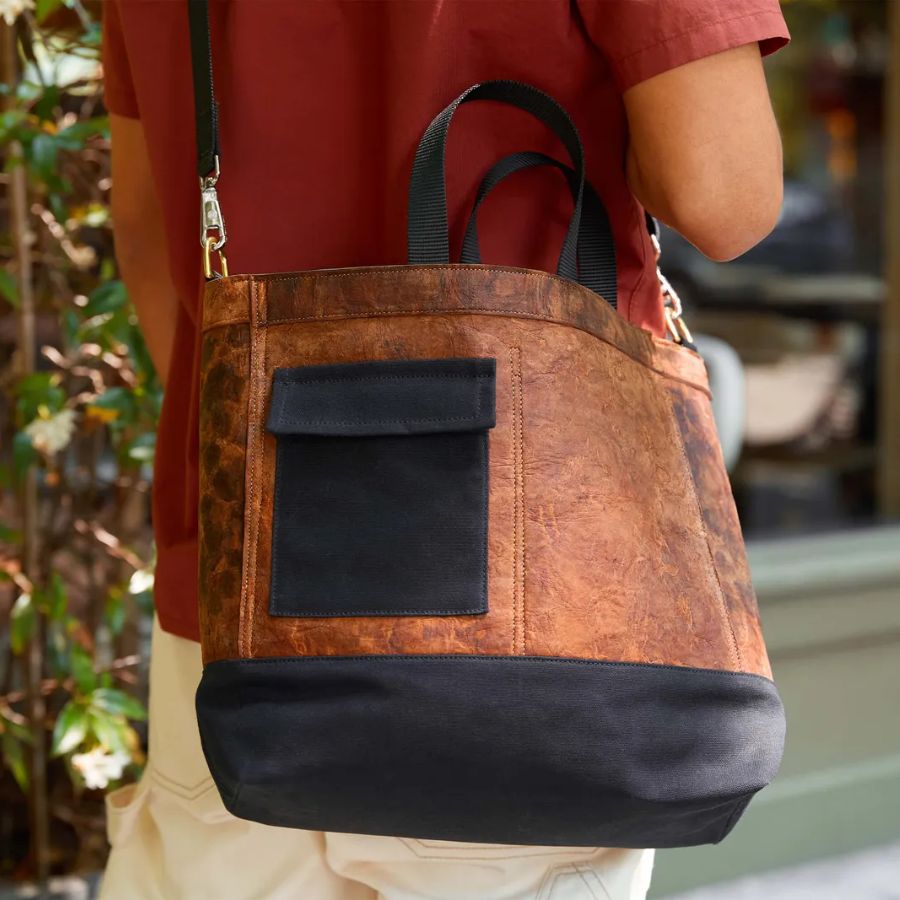
4.3 Detailed comparison table
To better understand the difference between genuine leather and synthetic leather, here is a detailed comparison table:
| Characteristic | Genuine leather | Synthetic leather |
| Source | Natural animal skin | Artificial materials (PVC, PU) |
| Durability | High | Short |
| Appearance | Natural, uneven grain | Uniform leather grain details |
| Nature | Soft, breathable, temperature regulating | Good water resistance, easy to clean |
| Smell | Has natural scent | Smells chemical |
| Production process | Complex, multi-step | Few steps, quick |
| Preserve | Know how to take special care | Not complicated |
| Environmental Impact | Animal exploitation | Polluting the environment |
| Price | High | Short |
5. Popular types of synthetic leather today
The two most common types of synthetic leather are vinyl (PVC) and polyurethane (PU). Each type has its own characteristics, suitable for different applications in life such as:
5.1 Vinyl synthetic leather
Vinyl (PVC) synthetic leather is the first and most popular type of synthetic leather. It is created using polyvinyl chloride combined with other additives to increase flexibility and elasticity.
PVC leather is cheap, so it becomes an economical choice for many products such as clothes, bags, etc. In addition, PVC leather has good water resistance and is easy to preserve.
However, PVC leather is not as durable and long-lasting as other types of synthetic leather. It can easily become stiff, cracked or peeled after a period of use. In addition, the leather can cause a feeling of stuffiness when used in hot and humid weather.

5.2 Polyurethane Leather
Polyurethane (PU) leather is a higher grade of leather than PVC, made from polyurethane polymer. This type of leather has many advantages over PVC leather, including softness and comfortable feeling when in contact.
Many types of PU leather look very similar to real leather, from color, grain to touch. The breathability is also better, creating a comfortable feeling when used.
However, PU is usually more expensive than PVC. Of course, it is not as durable as genuine leather and can be affected by sunlight and strong detergents. In addition, some types have a chemical smell when first purchased.
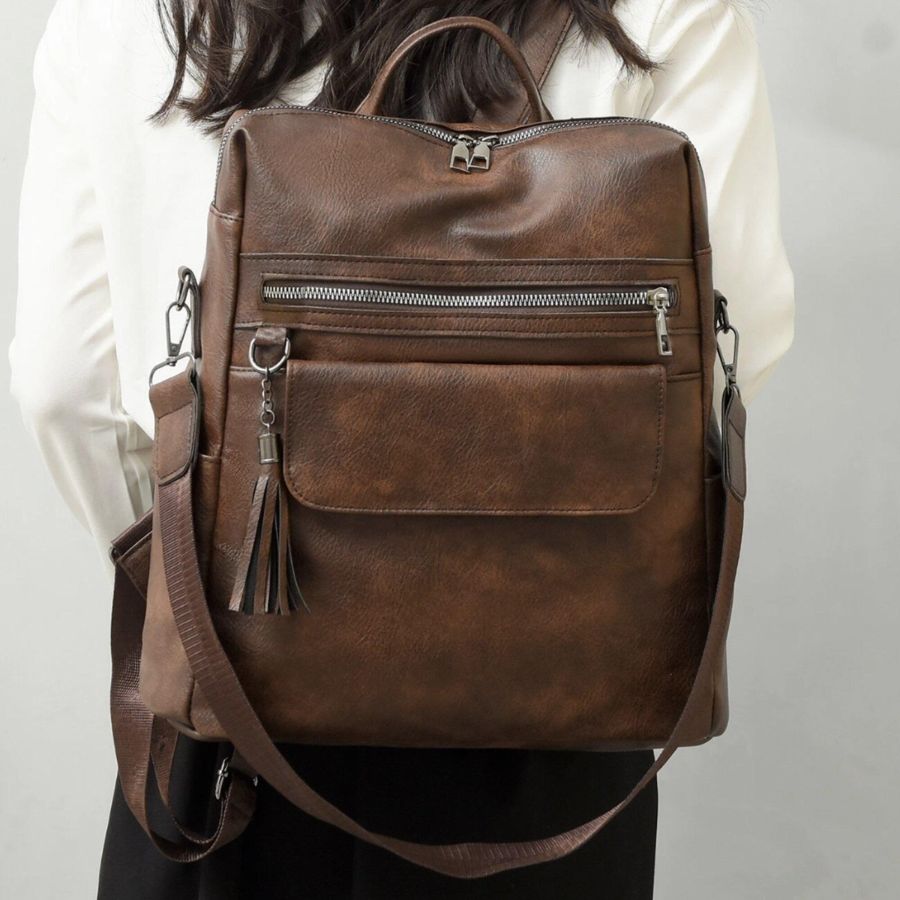
6. What are the applications of synthetic leather?
Synthetic leather is not only a substitute for real leather but also a versatile material. Let's explore more applications that this type of leather brings.
6.1 Fashion
Many designers use synthetic leather to create jackets, pants, skirts, handbags, shoes, etc. In the fashion industry, this type of leather offers a variety of colors and designs, allowing brands to unleash their creativity.
Nowadays, they also apply advanced printing and surface treatment technology, creating products that look exactly like real leather, but still retain the waterproof and easy-to-clean features.
The trend towards sustainable fashion is increasingly driving manufacturers to pay more attention to using environmentally friendly materials and waste-reducing processes.
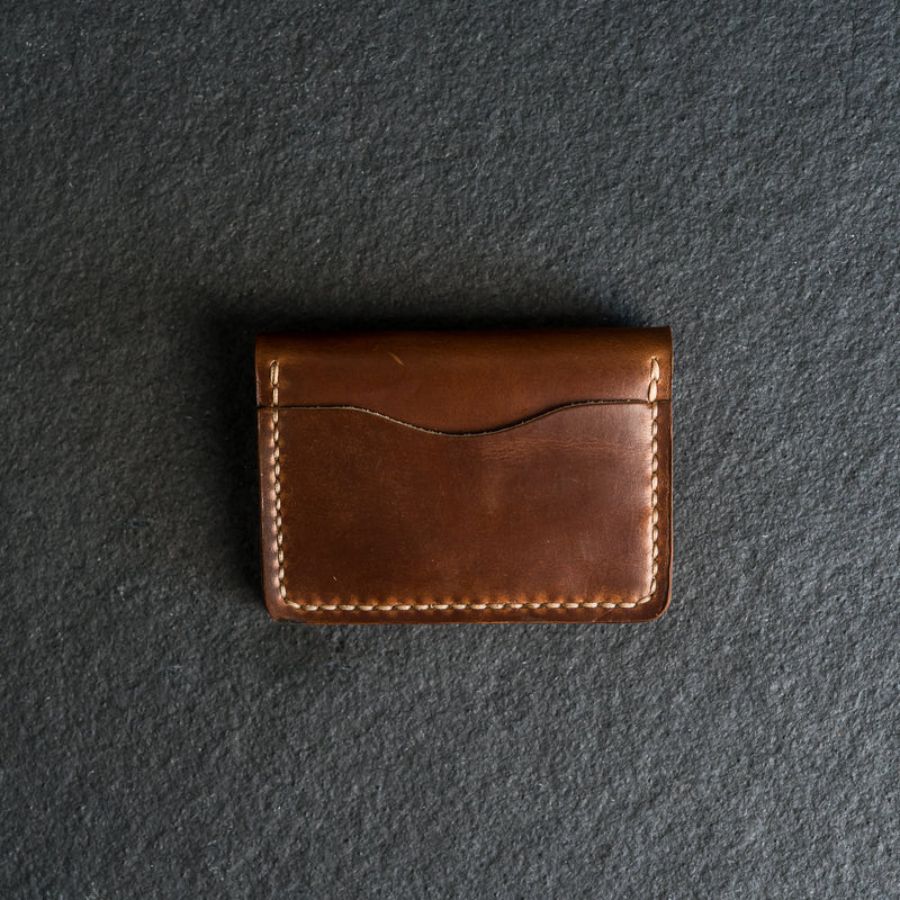
6.2 Make notebooks and notes
Synthetic leather is an ideal material for the production of notebooks, notepads, document folders and other stationery products. This material not only brings a luxurious and sophisticated appearance but also ensures high durability during use.
With the ability to be easily cleaned and waterproof, notebooks and notepads with synthetic leather covers help protect the pages inside from environmental impacts.
In addition, the use of synthetic leather gives users more choices in color, design, and texture. The products are designed in classic and modern styles, meeting the diverse needs of users.
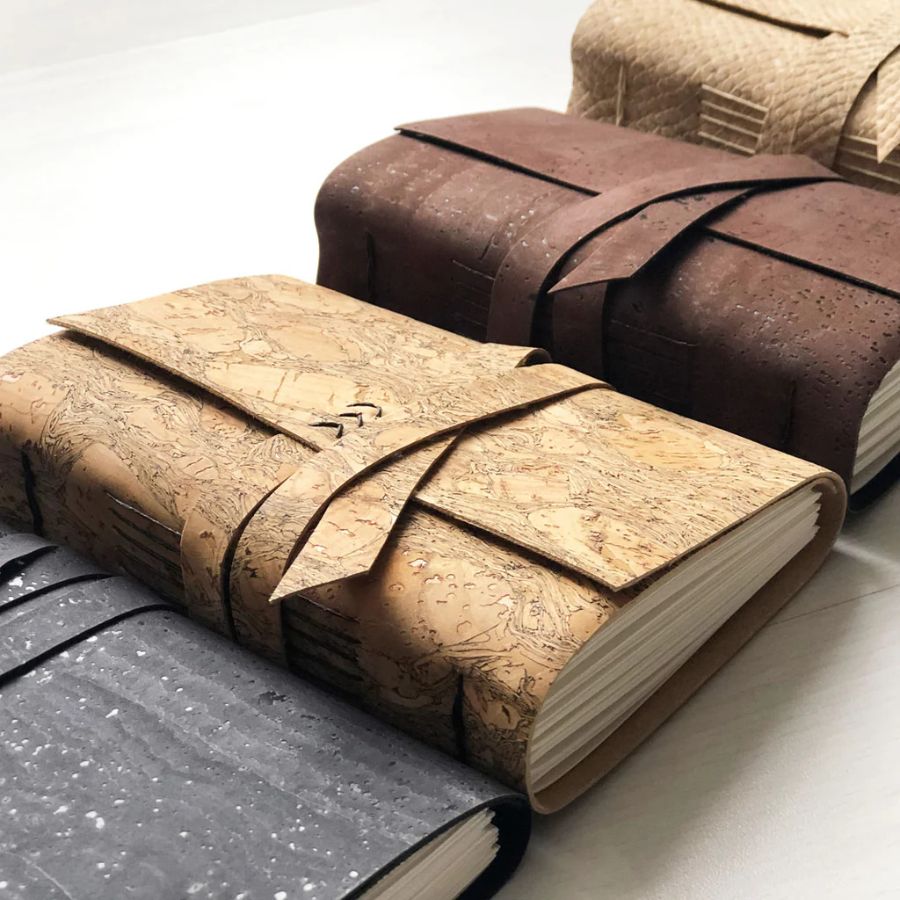
6.3 Home and car interiors
In addition, this type of leather is also used to cover sofas, dining chairs, car seats, and many other furniture. The variety of colors and designs makes it suitable for many styles from classic to modern.
On the other hand, more and more furniture and car manufacturers are using synthetic leather made from recycled materials or environmentally friendly materials, meeting the growing demand of consumers for environmentally friendly products.

7. Instructions for proper preservation of synthetic leather
To keep your synthetic leather products durable and long-lasting, proper care is extremely important. Here are detailed instructions on how to properly care for synthetic leather.
7.1 Regular cleaning
You should regularly wipe with a soft cloth to remove dirt and light stains. Avoid using harsh detergents or corrosive chemicals, as they may damage the leather surface.
For stubborn stains, use a mild soap solution diluted with water, then wipe clean and dry immediately. Never rub too hard or use a hard brush because it can scratch the surface.
For shoes, you should clean them after each use to avoid dirt build-up that makes it difficult to clean later. Regular maintenance will keep them shiny and new.
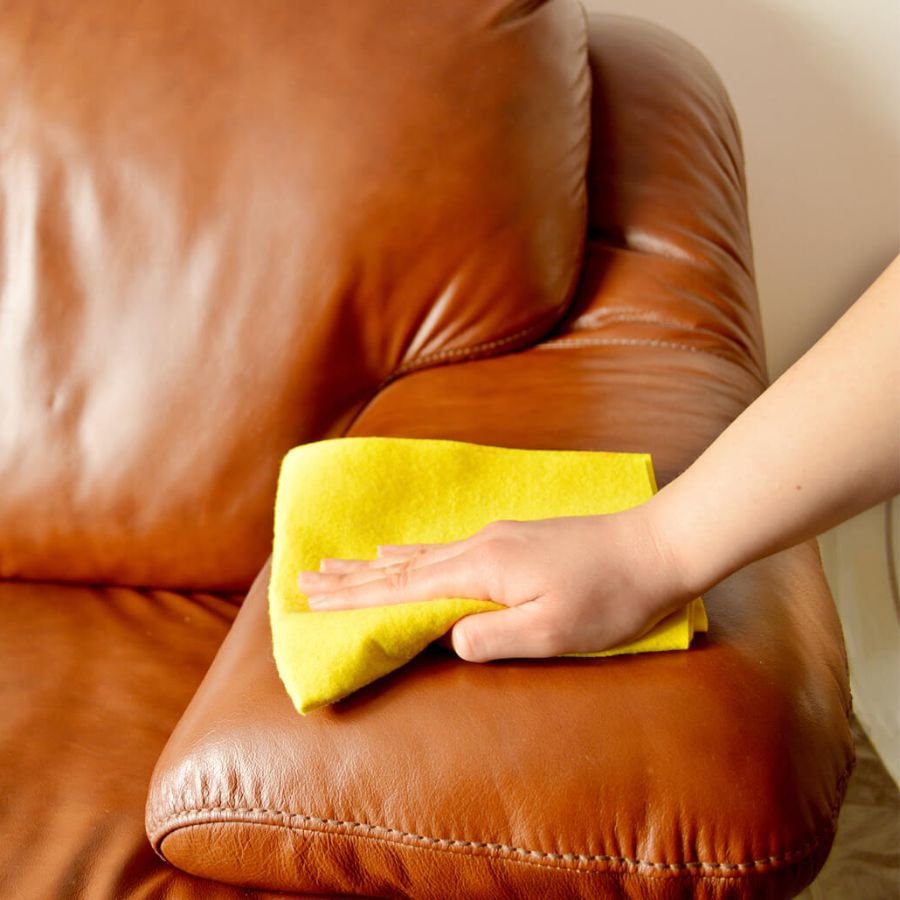
7.2 Avoid exposure to high temperatures and direct sunlight
We should store products made from synthetic leather in a cool place, away from direct sunlight. Because high temperatures and sunlight can make them dry, stiff, and lose their original softness.
When not in use, you should store them in a closet or box in a cool, dry place.

7.3 Use specialized preservatives
To keep synthetic leather soft, we should use specialized conditioners. They help soften the leather, prevent cracking and protect the leather from external influences.
Note: Before using, please test on a small area to check for any unusual skin reactions. It is essential to read the instructions carefully and follow the steps.
To increase efficiency, you should perform regular maintenance, depending on the frequency of use and environmental conditions. This not only helps protect the appearance but also prolongs the life of the product.
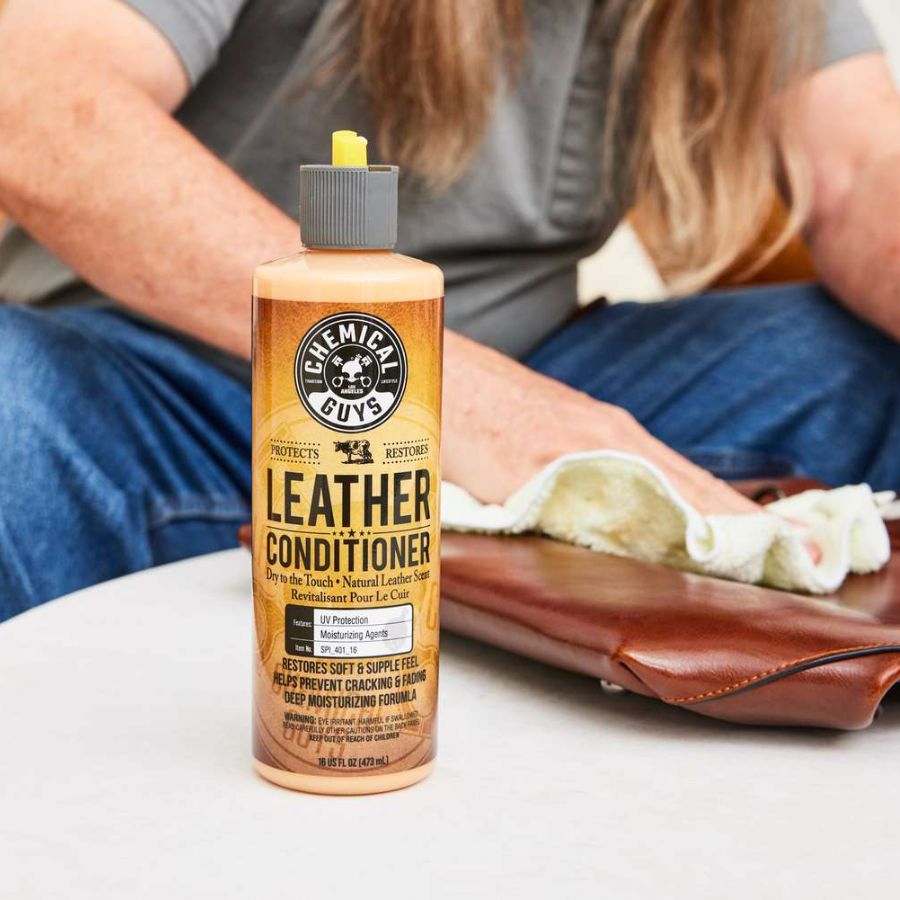
8. Conclusion
Hopefully you have clearly understood what synthetic leather is and the advantages and disadvantages that this material brings. Depending on your economic conditions and usage needs, you choose the product line that is suitable for you.
Related Articles

Nếu bạn đã và đang sở hữu cho mình đôi giày ballet sneaker nhưng vẫn chưa biết outfit nào phù hợp. Xem ngay bài viết này với 5 cách phối đồ với giày ballet sneaker đẹp không có điểm trừ cùng Shondo...

Squid Game 3 chính thức khuấy đảo trên màn ảnh, bạn đã sẵn sàng ngồi liền 6 tập để xem cuộc chiến sinh tồn lần cuối của Gi-Hun chưa? Dưới đây là combo cuối tuần “chuẩn sinh tồn hiện đại” mà Shondo ...

Phong cách Retro là gì mà được nhiều người săn đón như vậy? Cùng Shondo tìm hiểu qua bài viết sau đây để biết thêm nhiều điều thú vị từ điểm đặc trưng cho đến cách phối đồ như thế nào là chuẩn nhé....

Một trong những trào lưu nổi bật gây sốt trên các cộng đồng yêu thời trang chính là phong cách Maillard. Nhưng điều gì khiến chúng lại có sức hút lớn đến như vậy? Shondo sẽ giúp bạn hiểu rõ hơn về...

Áo Polo nữ - item nghe thì tưởng già nhưng thực ra lại đang quay trở lại mạnh mẽ. Từ sân golf đến sân trường, từ văn phòng đến quán cafe, chiếc áo đơn giản với cổ bẻ đặc trưng này bỗng trở nên đa n...

Phối đồ Vintage trong giới thời trang mang đến những nét độc đáo rất riêng. Phong cách này trở thành xu hướng phổ biến không chỉ ở nữ mà còn xuất hiện nhiều ở nam giới. Shondo sẽ cho bạn thấy điều ...

